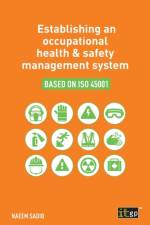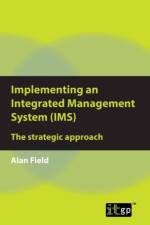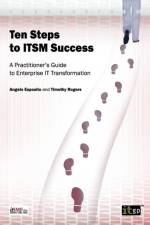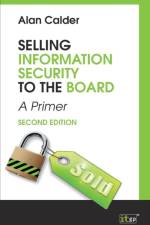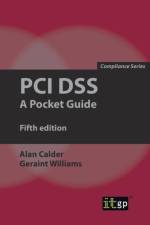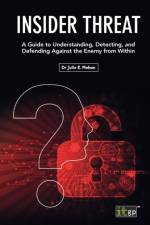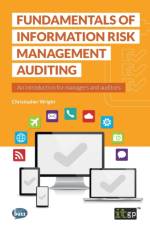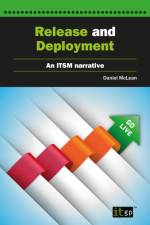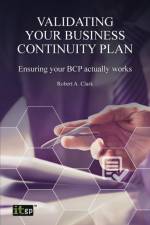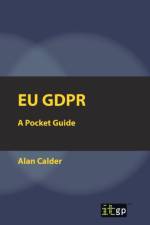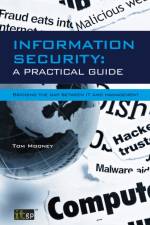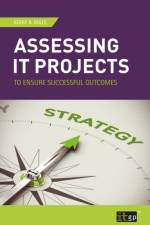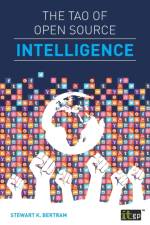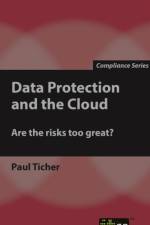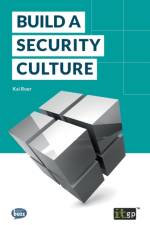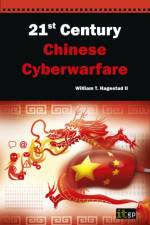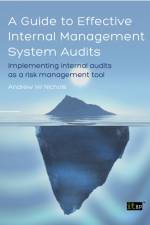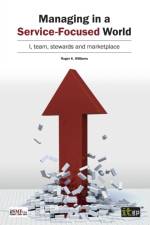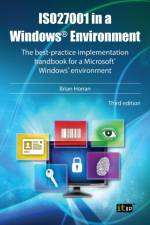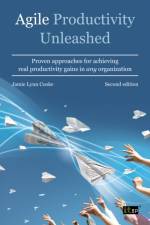775,-
A compendium of essential information for the modern security entrepreneur and practitionerThe modern security practitioner has shifted from a predominantly protective site and assets manager to a leading contributor to overall organizational resilience. Accordingly, The Security Consultant's Handbook sets out a holistic overview of the essential core knowledge, emerging opportunities, and approaches to corporate thinking that are increasingly demanded by employers and buyers in the security market.This book provides essential direction for those who want to succeed in security, either individually or as part of a team. It also aims to stimulate some fresh ideas and provide new market routes for security professionals who may feel that they are underappreciated and overexerted in traditional business domains.Product overviewDistilling the author's fifteen years' experience as a security practitioner, and incorporating the results of some fifty interviews with leading security practitioners and a review of a wide range of supporting business literature, The Security Consultant's Handbook provides a wealth of knowledge for the modern security practitioner, covering:Entrepreneurial practice (including business intelligence, intellectual property rights, emerging markets, business funding, and business networking)Management practice (including the security function's move from basement to boardroom, fitting security into the wider context of organizational resilience, security management leadership, adding value, and professional proficiency)Legislation and regulation (including relevant UK and international laws such as the Human Rights Act 1998, the Data Protection Act 1998 and the Geneva Conventions)Private investigations (including surveillance techniques, tracing missing people, witness statements and evidence, and surveillance and the law)Information and cybersecurity (including why information needs protection, intelligence and espionage, cybersecurity threats, and mitigation approaches such as the ISO 27001 standard for information security management)Protective security (including risk assessment methods, person-focused threat assessments, protective security roles, piracy, and firearms)Safer business travel (including government assistance, safety tips, responding to crime, kidnapping, protective approaches to travel security and corporate liability)Personal and organizational resilience (including workplace initiatives, crisis management, and international standards such as ISO 22320, ISO 22301 and PAS 200)Featuring case studies, checklists, and helpful chapter summaries, The Security Consultant's Handbook aims to be a practical and enabling guide for security officers and contractors. Its purpose is to plug information gaps or provoke new ideas, and provide a real-world support tool for those who want to offer their clients safe, proportionate, and value-driven security services.About the authorRichard Bingley is a senior lecturer in security and organizational resilience at Buckinghamshire New University, and co-founder of CSARN, the popular business security advisory network. He has more than fifteen years' experience in a range of high-profile security and communications roles, including as a close protection operative at London's 2012 Olympics and in Russia for the 2014 Winter Olympic Games. He is a licensed close protection operative in the UK, and holds a postgraduate certificate in teaching and learning in higher education. Richard is the author of two previous books: Arms Trade: Just the Facts (2003) and Terrorism: Just the Facts (2004).

